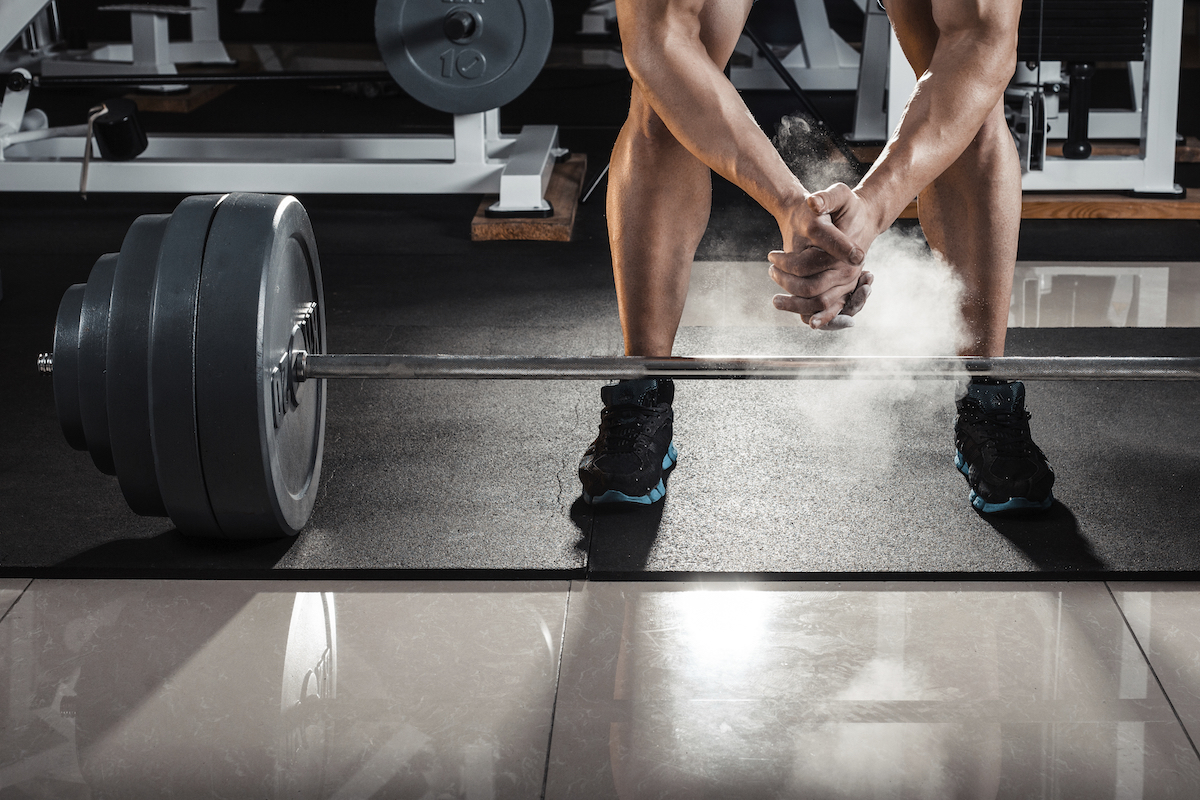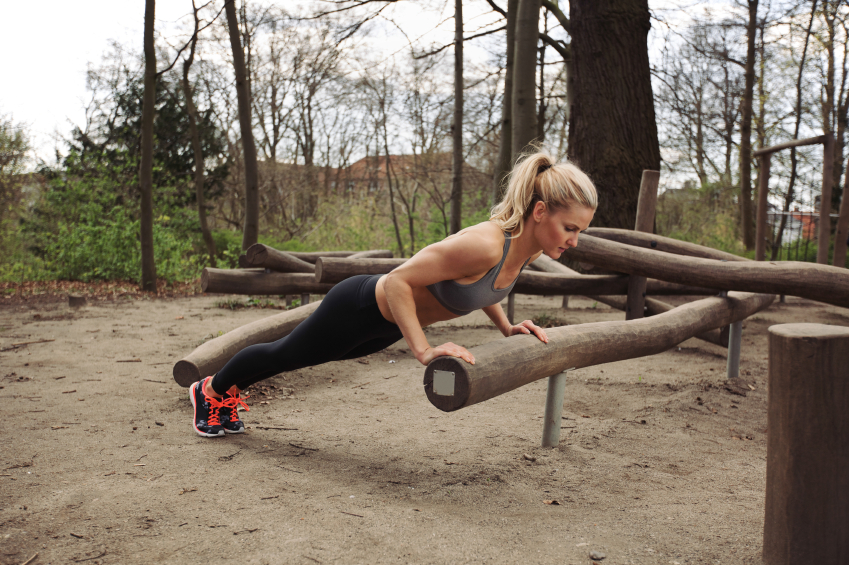The clean is an exercise that is fundamental to Olympic lifting as it is part of the clean and jerk which is one of the two contested lifts. The clean, and its variations, is also fundamental to many athletic strength and conditioning programs as it must be performed quickly, involves the barbell moving at a high velocity, is done standing, uses most of the muscles of the body, and requires the athlete to generate great levels of power to perform successfully.
This post is going to cover the following assistance exercises for the clean:
- Power Cleans
- Clean Pulls
- Front Squats
- Lifts from the Hang or Blocks
Power Cleans:
The power clean is the same exercise as the clean with a few important exceptions. First, the barbell is received in a quarter squat (as opposed to the full squat during the clean). Second, because the barbell is received higher, it must be pulled to a great height. So instead of pulling it to chest (and even diaphragm) level, it must be pulled to shoulder lever before dropping under the bar. Third, because the barbell is pulled to a greater height less weight can be handled, but more power must be generated. Finally, this exercise is easier to learn/perform because it does not require the same level of technique as the full clean.
This exercise helps to develop power and it also helps to condition lifters to pull the barbell higher. When helping to train the full clean, power cleans are generally done for three to five sets with one to six repetitions per set. It’s not unusual for a good lifter to be able to power clean 90% of what they can do in the full clean. They can be done after cleans in a workout or instead of full cleans.
Clean Pulls:
Clean pulls are a partial movement. The lifter performs the clean, but never gets under the barbell (i.e. the clean pull ends after the second pull of the clean). This allows for more weight to be handled, trains the explosive part of the lift, and helps to strengthen different phases of the lift.
Clean pulls are done for sets of three to six repetitions, usually with 5-10% more weight than the clean. Too much weight can be problematic because it may result in unintended consequences (learning poor technique like rounding the shoulders, performing the lift too slowly, or performing the lift in parts instead of smoothly). This means that caution needs to be exercised with clean pulls.
There are three types of clean pulls. The first is the clean pull, which is performed as described above. The second is the clean high pull. As the lifter goes into the explosive second pull, he/she pulls on the barbell with their arms raising it to chest/shoulder height. The third is the clean pull with no explosion, which involves performing a clean pull until the barbell reaches mid-thigh (i.e. it is essentially a deadlift with a clean grip).
Front Squats:
Front squats help to strengthen a lifter to be able to both support and stand up with weight during the clean. To perform front squats, the barbell begins on the front of the shoulders just as if it had been cleaned. Staying upright, the lifter squats down and then stands back up with the barbell on the front of the shoulders.
This is a strengthening exercise. It is also one that requires a great deal of technique and is not tolerant of mistakes. Normally this is done for no more than six repetitions per set.
Lifts from the Hang or from Blocks:
Cleans, power cleans, and clean pulls done from the hang (or from blocks) involve a starting position that is not the floor. This allows for weak phases of the lift to be developed. Lifts from the hang have the benefit of being nearly identical to the full lift and require the athlete to develop a stronger back and grip. However, the grip can be a limiting factor in being able to overload with lifts from the hang. This is solved by performing the lifts from raised blocks, but the danger is that the technique (and positions) don’t always resemble those seen in the actual lift. This means that there may be limited transfer or the development of bad habits.
To see examples some of the exercises described, see: http://youtu.be/a4ScAP3gbSA , http://youtu.be/5HN2Df168KU, and http://youtu.be/9CTzTh3ZHew.
The table below shows a sample week that utilizes the above exercises to help train the clean.
| Monday | Tuesday | Wednesday | Thursday | Friday | Saturday |
| Clean, hang, AK, 5x3x80%
Clean Pull + Power Clean, 3×6+3×70% Split Jerks, 5x3x80% Front Squats, 5x4x80% |
Snatch workout | Clean + Jerk, 5×3+2×70%
Clean Pull, hang, AK, 3x3x75% RDL’s, 3×6 Good Mornings, Standing, 3×8 |
Snatch workout | General strength training | Clean + Front Squat + Jerk, 3×3+6+2×70%
Snatch workout |



